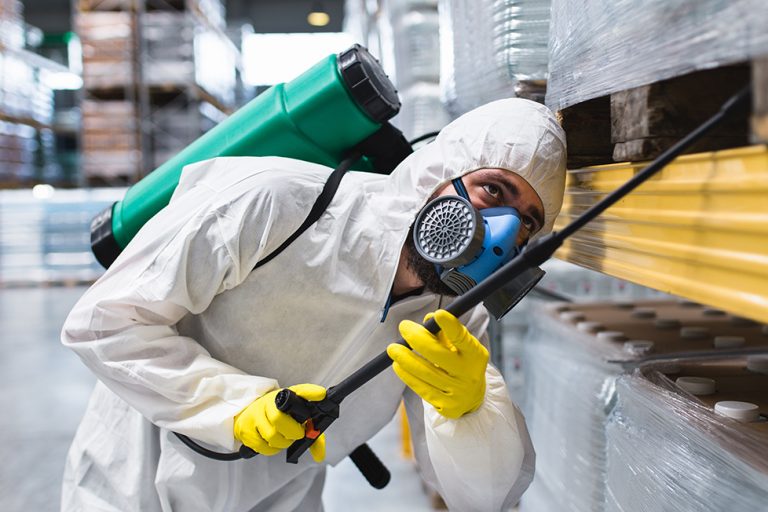
Radon, a colorless, odorless, and tasteless radioactive gas, poses significant health risks when present in indoor environments. While residential radon testing is well-recognized, the importance of commercial radon testing for workplace safety is often overlooked. This systematic review aims to explore the significance of commercial radon testing in ensuring a safe and healthy work environment, focusing on its impact on employee health, regulatory compliance, and risk mitigation strategies.
Procedures:
A systematic search was conducted across academic databases, regulatory websites, and industry reports to identify studies and resources related to commercial radon testing and workplace safety. Keywords such as “commercial radon testing,” “workplace safety,” “employee health,” and “regulatory compliance” were used to refine the search. Studies and reports providing empirical evidence, case studies, or in-depth analyses of commercial radon testing in workplace settings were included for review.

Results:
Health Risks of Radon Exposure: Exposure to elevated levels of radon gas poses significant health risks, including an increased risk of lung cancer. In workplace settings, prolonged exposure to radon can adversely affect employee health, leading to respiratory issues and other related health concerns.
Regulatory Requirements: Many regulatory agencies, including the Occupational Safety and Health Administration (OSHA) and the Environmental Protection Agency (EPA), mandate radon testing in certain commercial and public buildings to ensure compliance with safety standards. Commercial radon testing is often a regulatory requirement for workplaces in high-radon areas or industries with heightened risk factors.
Risk Mitigation Strategies: Commercial radon testing serves as a crucial risk mitigation strategy for employers, enabling them to identify and address radon levels in the workplace before they pose significant health risks to employees. Testing allows employers to implement remediation measures, such as ventilation systems or radon mitigation systems, to reduce radon levels to safe thresholds.
Employee Health and Productivity: Ensuring a radon-free work environment is essential for safeguarding employee health and well-being. By conducting regular radon testing and implementing mitigation measures as needed, employers can create a safer and healthier workplace environment, leading to improved employee morale, productivity, and retention.
Conclusion:
Commercial radon testing is a critical component of workplace safety initiatives, providing employers with valuable insights into indoor air quality and employee health risks. By prioritizing radon testing and mitigation measures, employers can create a safer and healthier work environment, thereby enhancing employee well-being, regulatory compliance, and overall workplace safety. As awareness of the importance of commercial radon testing grows, stakeholders in occupational health and safety must collaborate to ensure that radon exposure risks are effectively managed in workplace settings.






